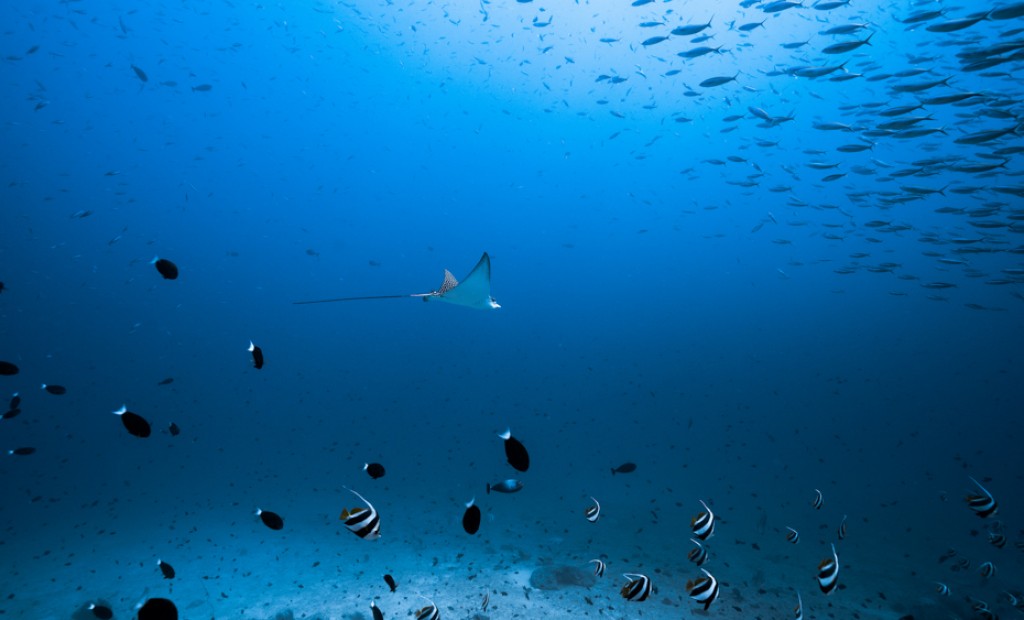
In an underwater adventure, scientists discover a new marine ecosystem named the ‘trapping zone’
Scientists describe new species of animals, plants, and microorganisms all of the time.
It is much more unusual to discover a whole new ecosystem. But scientists in the Maldives have done just this! They discovered a new type of marine ecosystem in the waters around the Maldives.
The Maldives is a nation of islands in the Indian Ocean:
Scientists survey offshore waters
Scientists worked together with the Maldivian government to survey offshore waters from the surface to a depth of about 1,000 m (about 3,300 ft).
Most of the Maldives is covered with water. But very little is known about the Maldivian sea below 30 meters (about 100 feet). So the government and scientists wanted to learn more about the marine environment.
The scientists used submersibles like this one to do underwater surveys:
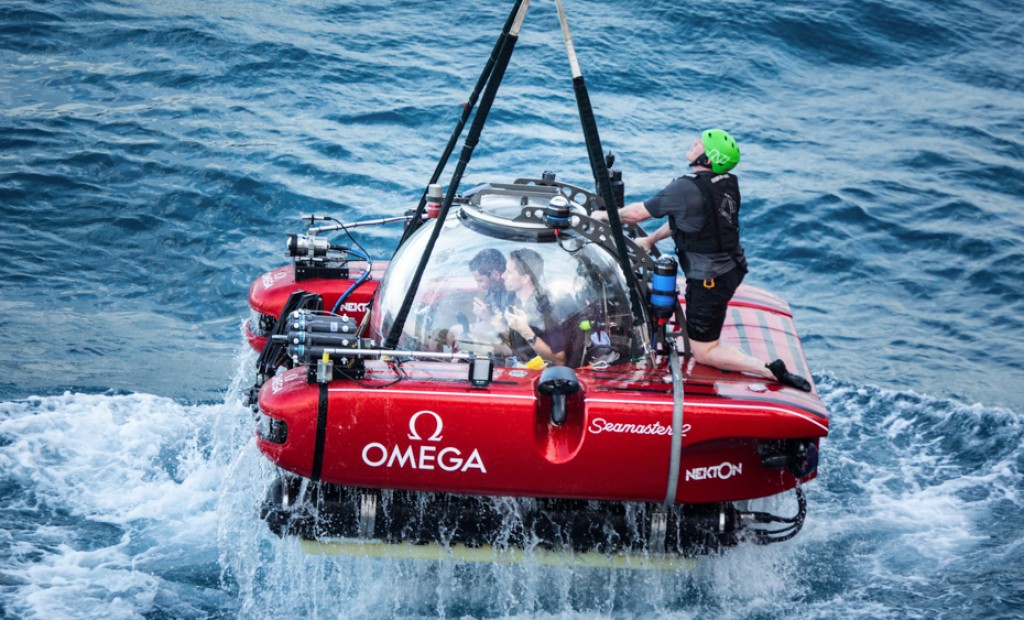
Where is the ‘trapping zone’ found?
Underwater, the scientists discovered a new type of ecosystem that they named the “trapping zone”:
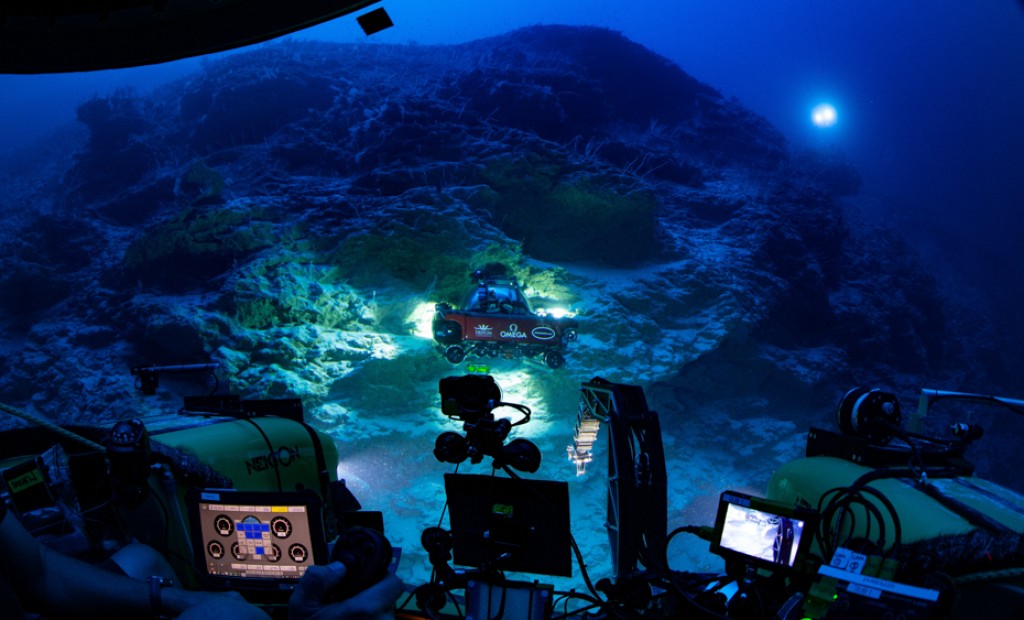
The trapping zone is about 500 meters (about 1,600 feet) below the surface of the water. In the trapping zone, cliffs and terraces have formed from layers of volcanic rock and fossilized reefs. These structures appear to “trap” great numbers of tiny organisms, called micronekton.
What are micronekton?
Micronekton are small aquatic animals (2 to 20 cm in size) that are able to swim and move independently of water currents.
Micronekton migrate to the surface each night and then dive back down to the deep ocean by daybreak.
But the species in the trapping zone don’t seem to find their way back to the deep sea when the sun rises. They get trapped by the undersea cliffs of the Maldives.
What feeds on micronekton?
The micronekton in the trapping zone attracts pelagic (open sea) predators like sharks and tuna, as well as large deep-water fish like tinselfish, spiky oreos and snake mackerel.
Here are some of the predators that feed on micronekton in the trapping zone ecosystem:
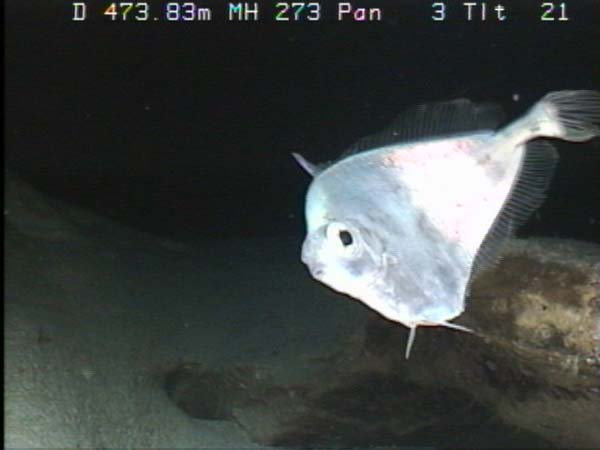

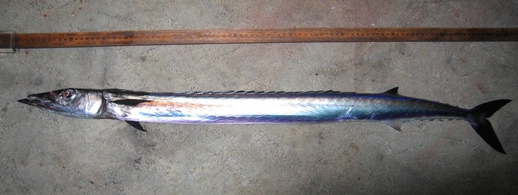
The most similar ecosystem to the trapping zone is a seamount. Seamounts are underwater mountains. Seamounts are typically formed by extinct volcanoes and can rise thousands of meters above the seafloor.
Scientists were excited to discover the trapping zone. Scientists think that there may be other trapping zones around islands that have similar physical features to the Maldives.
What do species and ecosystem mean?
A species is a group of animals that are alike in many ways and can interbreed to produce offspring (babies) that are fertile (able to have their own offspring). All dogs – big and small – belong to the same species. House cats and dogs are different species. They cannot interbreed.
An ecosystem is a place where many species of animals, plants and other organisms live together in balance with the environment around them. In an ecosystem, living organisms interact with nonliving things like the soil, water and air. Forests, savannas and deserts are examples of ecosystems found on land.






